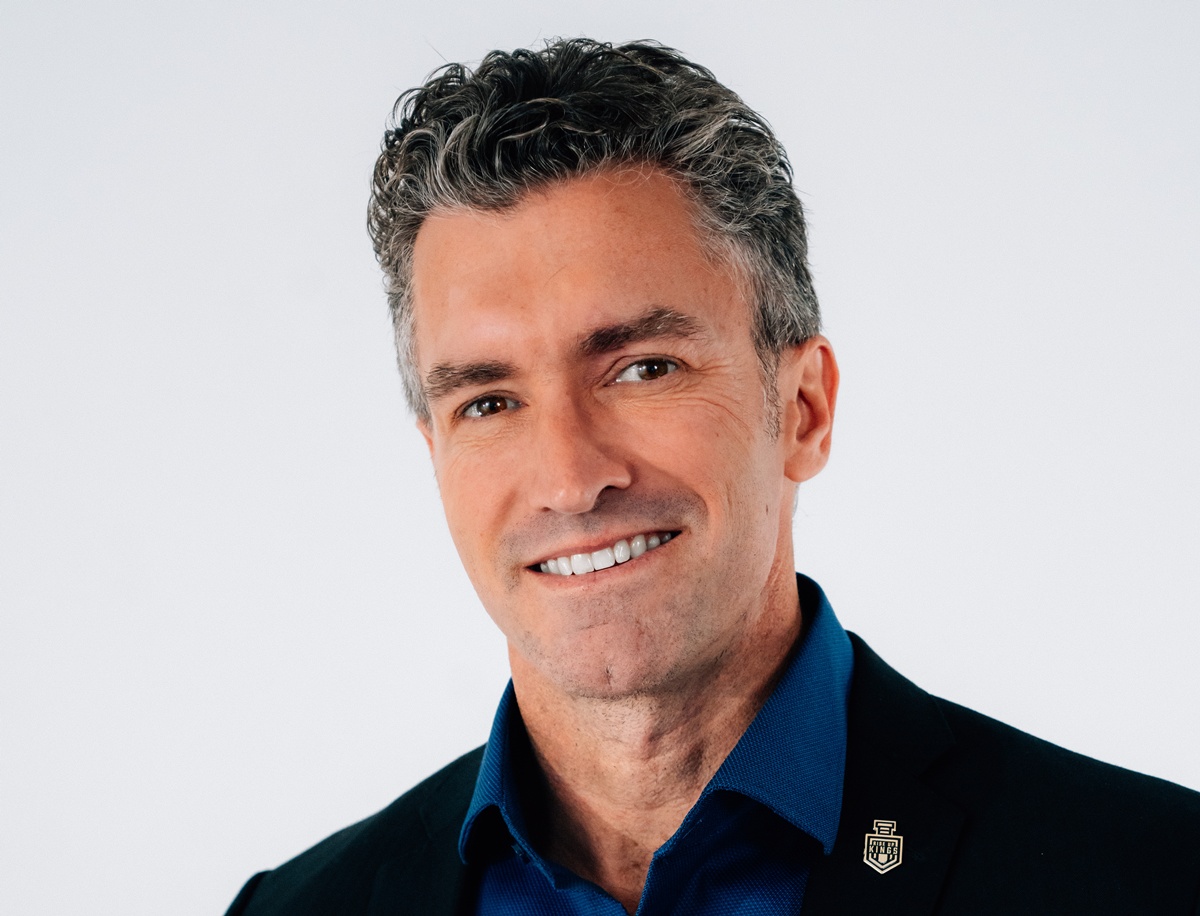September 09, 2025
8×8: “AI is a Thought Partner, Not a Thought Leader”

Artificial intelligence may be the fastest-adopted technology in history, but Joel Neeb, Chief Transformation and Business Operations Officer at 8×8, wants businesses to slow down long enough to consider how they use it.
“AI is a thought partner, not a thought leader,” Neeb told CXM. “That distinction matters. It can amplify human ability, but it shouldn’t be making decisions on our behalf.”
The rush to plug generative AI into customer service is a response to customers who already use AI in their daily lives and expect businesses to keep pace. Neeb argues the real challenge is deciding where AI belongs, how it’s trained, and when a human should step in.
Training the Machine
Neeb is adamant that the biggest misconception around AI in customer experience is that it can simply be “plugged in” and left to perform. “Without good inputs, you don’t get good insights. The quality of the data you feed it determines the quality of the outcomes,” he said.
By arming AI with a tailored playbook, businesses can keep interactions “on rails.” The model learns how customers typically phrase questions and mirrors the tone and style the company wants to project. That creates space for AI to handle routine queries reliably, while freeing human agents to focus on complex, higher-value conversations.
The distinction, Neeb stresses, is between companies that treat AI as an improviser and those that see it as a customisable assistant. He said: “When you give AI the right context, it elevates the customer experience instead of inventing its own.”
Hallucinations: A Risk and a Safeguard
Asked about hallucinations, Neeb took a contrarian view. “Yes, AI hallucinates, but not nearly as often as we think,” he said, comparing today’s algorithms to autopilot systems in aviation.
“The technology is statistically safer and more accurate than humans in many cases, yet we react more strongly to its failures.”
More provocatively, he called hallucinations “a feature, not a bug,” because they reveal whether companies are blindly publishing AI outputs or maintaining the human oversight he believes is essential. “I want that extra human in the loop at the end,” he noted.
The Gen Z effect
Neeb thinks generational shifts will only accelerate AI adoption. Younger demographics (Gen Z and younger) already spot AI-written text more easily than many professionals. But instead of rejecting the technology, younger users seem open to it.
Tests suggest Gen Z often prefers speaking with AI tools, provided the interaction feels more natural, personalised, and consistent than with a human agent.
“We’ll prefer whichever one feels more human,” Neeb predicted, even if the option isn’t human at all.
Beyond the Hype
A recent MIT report claims 95% of AI deployments aren’t yet showing measurable business impact. Instead of taking that as proof that the hype is overblown, Neeb views it as a signal that only a small minority of companies are approaching AI correctly.
“The difference is familiarity. The 5% that are succeeding are the ones who understand use cases and bring their employees along for the journey,” he said.
That’s why Neeb has made weekly AI workshops part of 8×8’s culture, encouraging staff to experiment with both professional and personal applications. “We want to shorten the path to outcomes,” he said. “The biggest competitive gap will be between those who know how to use AI, and those who don’t.”
Adoption over Innovation
Looking ahead, Neeb believes the technology itself will fade into the background. The real differentiator will be how smoothly businesses guide customers through adoption.
“Even good change creates friction. Customers don’t resist because the software is bad; they resist because it forces them out of routine. The human side of adoption is the most important value we can provide,” he concludes.
The AI race won’t be won by those with the flashiest tools, but by those who understand where human oversight, customer trust, and thoughtful adoption fit into the equation.




